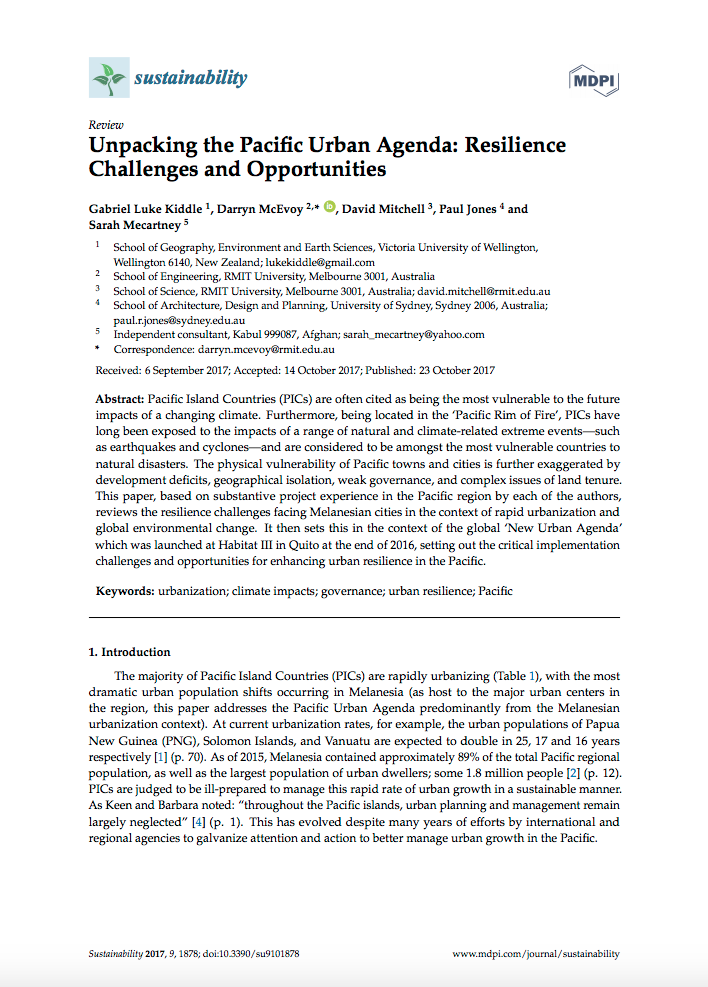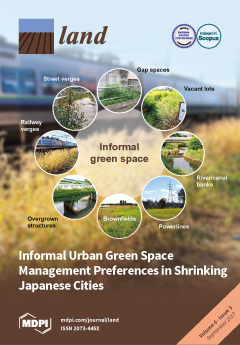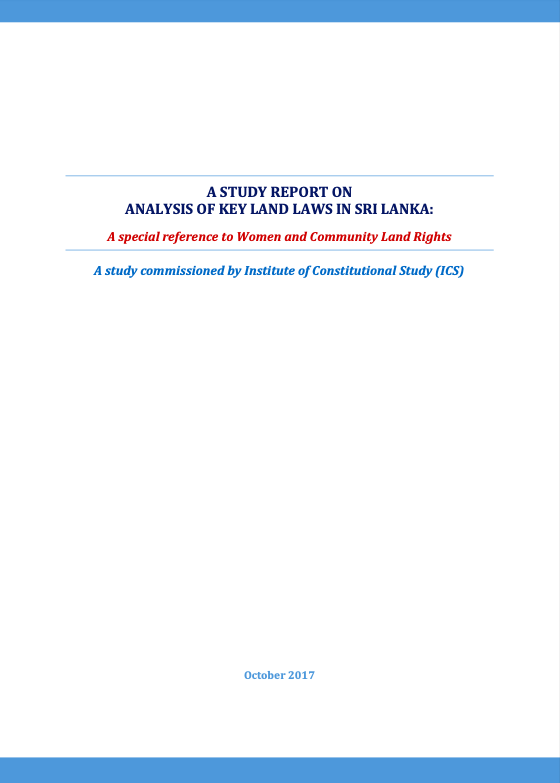Unpacking the Pacific Urban Agenda: Resilience Challenges and Opportunities
Pacific Island Countries (PICs) are often cited as being the most vulnerable to the future impacts of a changing climate. Furthermore, being located in the ‘Pacific Rim of Fire’, PICs have long been exposed to the impacts of a range of natural and climate-related extreme events—such as earthquakes and cyclones—and are considered to be amongst the most vulnerable countries to natural disasters. The physical vulnerability of Pacific towns and cities is further exaggerated by development deficits, geographical isolation, weak governance, and complex issues of land tenure.







